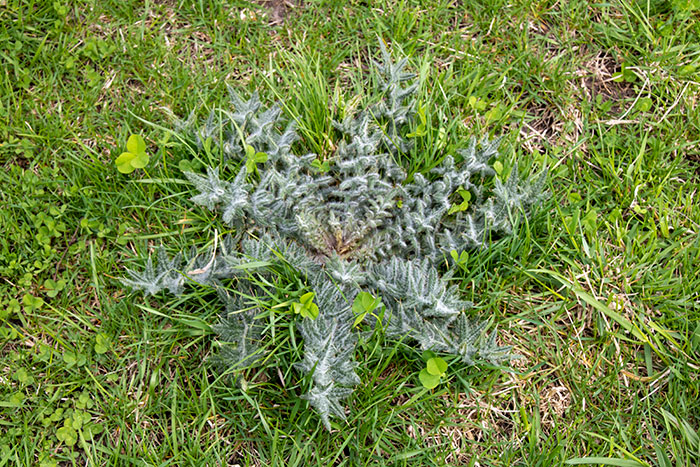
As forage growth slows in the fall and early winter, pastures can have a tendency to be overgrazed. For some livestock producers in the mid-South, hay feeding has begun.
“Most people aren’t really thinking about their pastures right now since they aren’t providing any grazing,” says Gary Bates, director of the University of Tennessee Beef and Forage Center. He suggests, however, that December is a good time to control winter annual weeds in pastures.
Unlike some regions, the fall was extremely dry in Tennessee. Normally, those months are when many cool-season weeds like buttercup, thistle, and buckhorn plantain begin to germinate and grow in pastures.
“The drought delayed many of those weeds from germinating until late October and November, when there was finally enough soil moisture to start the germination process,” Bates explains.
The forage specialist encourages livestock producers to walk or drive across pastures and estimate how much weed pressure there will be next spring.
“You may not be able to see the weeds if you scan across the horizon looking at a pasture,” Bates says. “You need to travel across and look directly down to see them. If you see a heavy presence of these weeds, December is an excellent time to apply 2,4-D to control them.”
If buttercup or thistle are present, 1 quart per acre will provide excellent control, Bates advises. If buckhorn plantain is a problem, the rate needs to double to 2 quarts per acre.
“The best time to apply is after three warm days, when the temperature reaches approximately 60°F,” Bates says. “Be sure to include 1 quart of a non-ionic surfactant to every 100 gallons of spray mix.”
Don’t wait until spring
Controlling winter annual weeds in the fall is preferred to making spring herbicide applications. Pastures are often drier than in February or March, making it easier to get over the field without leaving ruts or destroying sod.
“Another benefit to fall applications of 2,4-D is that you can replant clovers in February without having to worry about the residual herbicide effects reducing germination,” Bates says. “There needs to be 30 days between spraying and planting clovers. If you spray in February, waiting 30 days puts you outside the recommended seeding window,” he adds.
Finally, Bates reminds growers to check the label of the product being used. This will ensure applications are being made in the appropriate manner. The herbicide label also outlines any restrictions that apply to its use, including plant-back and grazing restrictions.

